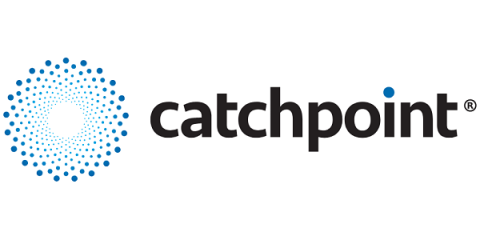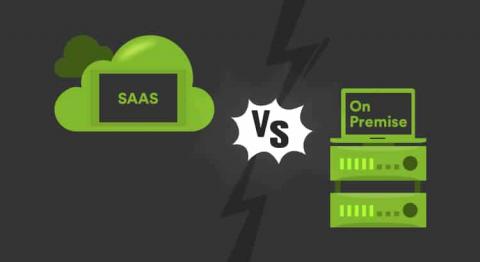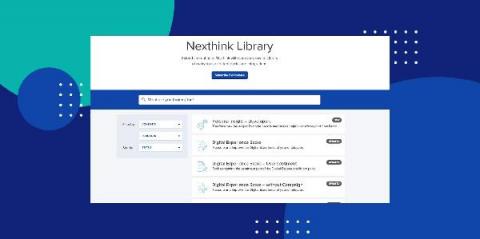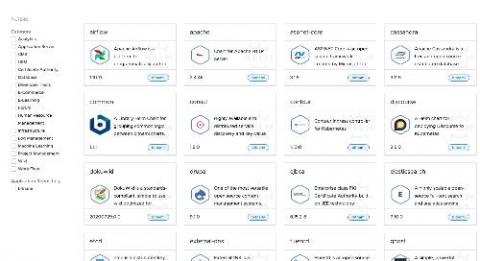2020 Good Riddance: An "Interesting" Year in Review
We gathered on February 10, 2020, for our Sales Kick off. We held it in Boston and, for the first time, had external speakers. We announced our president club destination. 2019 was a good year, and we were looking forward to 2020. When I went to visit some customers in Europe in late February / early March, I noticed the nervousness of the folks on the plane back from Barcelona. Some were even starting to wear masks. I landed in NY; everything was normal.










